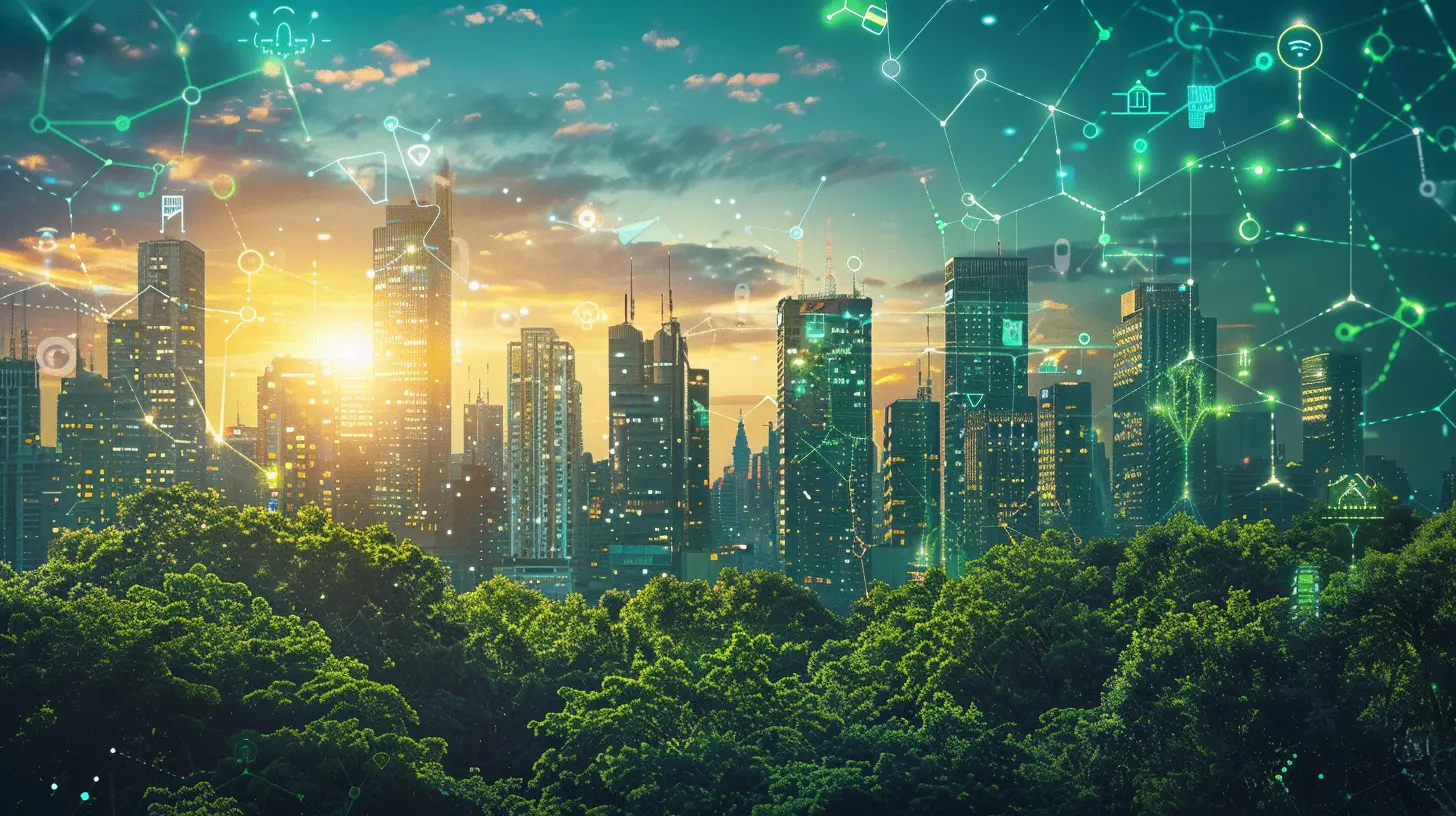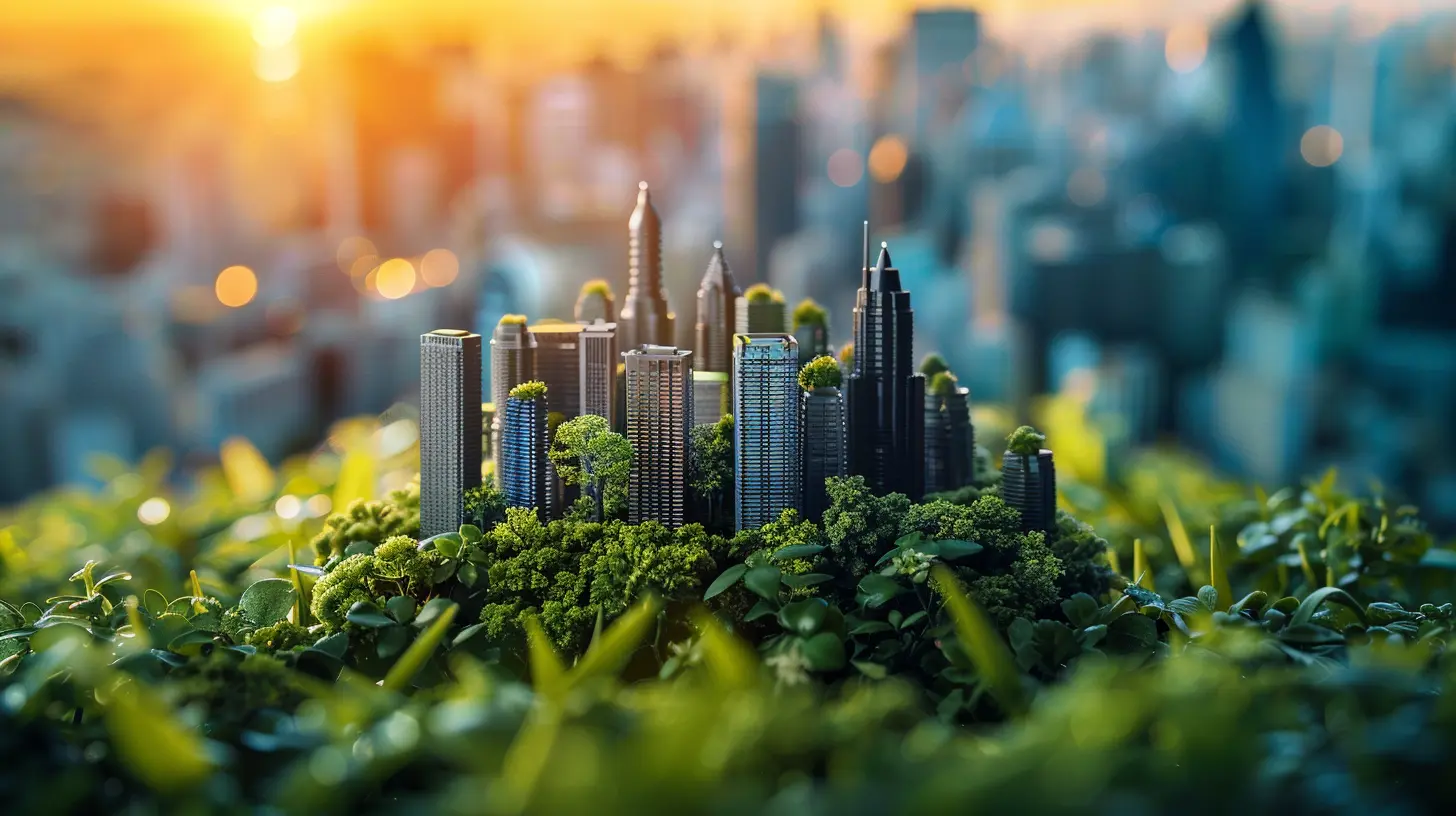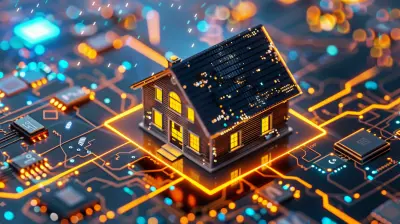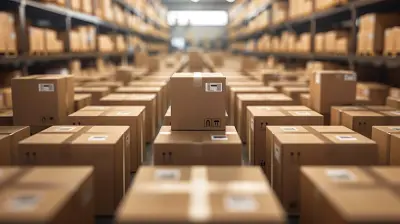The Role of Smart Cities in Achieving a Sustainable Future
19 September 2025
Technology is evolving at an incredible pace, and with it, cities around the world are getting smarter. But why does that matter? Well, with climate change, rapid urbanization, and resource scarcity becoming more pressing each year, smart cities are emerging as a powerful solution for creating a more sustainable future.
But what exactly makes a city "smart"? And how do these cities contribute to a greener, more sustainable world? Let’s break it down.

What Are Smart Cities?
A smart city is an urban area that integrates digital technology and data-driven solutions to enhance the quality of life, optimize resource use, and reduce environmental impact. Think of it as a city with a brain—constantly analyzing data, making quick decisions, and improving efficiency in real-time.From smart grids that optimize energy consumption to intelligent traffic systems that reduce congestion, these cities use cutting-edge technology to promote sustainable living.
Key Features of Smart Cities
A smart city isn’t just about flashy tech—it’s about making a real impact. Here are a few defining features:- Smart Infrastructure: Buildings with energy-efficient designs, automated lighting, and temperature controls.
- IoT Integration: Smart sensors and devices collect and analyze data to improve city services.
- Sustainable Energy: Integration of renewable sources like solar panels and wind energy.
- Advanced Mobility Solutions: Electric public transport, bike-sharing systems, and autonomous vehicles.
- Efficient Waste Management: Smart bins that notify collection units when full, reducing unnecessary trips.
Now, let’s dive deeper into how these features contribute to sustainability.

How Smart Cities Support a Sustainable Future
1. Reducing Energy Consumption
Energy consumption is one of the biggest contributors to environmental degradation. Smart grids and energy-efficient buildings help minimize waste and improve efficiency.For example, smart meters allow homeowners and businesses to monitor their electricity usage in real-time, making it easier to cut down on unnecessary energy expenditure. Cities like Copenhagen have adopted district heating systems that use waste heat from power plants, significantly cutting carbon emissions.
2. Efficient Transportation Systems
Traffic congestion isn’t just a headache—it’s a major contributor to air pollution and greenhouse gas emissions. Smart cities use real-time traffic management systems to minimize congestion, promote public transportation, and enhance the adoption of electric vehicles (EVs).Some cities even use adaptive traffic signals that adjust based on real-time traffic flow, reducing idle time at intersections and lowering fuel consumption.
3. Smart Waste Management
Traditional waste disposal systems are inefficient and costly. Smart cities integrate IoT-enabled waste bins that track fill levels, optimizing garbage collection routes. This reduces fuel consumption and ensures cleaner urban spaces.Additionally, some cities are implementing automated waste sorting and recycling programs to minimize landfill waste.
4. Water Conservation and Management
With water scarcity becoming a growing concern, smart cities are finding innovative ways to conserve and manage water efficiently.By using leak detection sensors, cities can quickly identify and repair leaks, reducing water loss. Smart irrigation systems use weather data to optimize water usage in parks and green spaces, ensuring that water isn't wasted.
5. Sustainable Urban Planning
Sustainable architecture and urban planning play a crucial role in making cities more livable and eco-friendly. Green buildings, rooftop gardens, and vertical forests help reduce urban heat islands and improve air quality.Some cities are even designing 15-minute cities, where everything a resident needs—work, groceries, schools, and healthcare—is within a 15-minute walk or bike ride, reducing reliance on cars.
6. Data-Driven Decision Making
One of the most critical aspects of a smart city is data collection and analysis. By gathering real-time data on everything from air quality to traffic patterns, city officials can make informed decisions that improve efficiency and reduce environmental impact.For instance, pollution monitoring sensors can detect high-emission zones, allowing governments to implement solutions like low-emission zones or green corridors where only EVs are allowed.

Challenges and Considerations
Of course, no transformation comes without obstacles. Smart cities face challenges that must be addressed for them to reach their full potential.1. Privacy and Data Security
With smart cities relying heavily on technology, concerns about privacy and data security are at an all-time high. How can we ensure that personal data isn’t misused? Strong cybersecurity measures and data protection regulations are crucial.2. High Implementation Costs
Building a smart city requires a huge initial investment. Many governments struggle with the financial burden of upgrading infrastructure. However, in the long run, these investments often pay off through cost savings in energy, transport, and waste management.3. Digital Divide
Not everyone has access to the internet or digital skills to benefit from smart city services. Bridging this gap requires investment in digital literacy programs and affordable internet access for all.
Success Stories: Cities Leading the Way
Several cities are already setting the benchmark for sustainability through smart technology.- Singapore: Uses data analytics and automation for efficient urban planning and traffic management.
- Barcelona: Implemented smart lighting that adjusts based on activity, saving energy costs.
- Amsterdam: Pioneered open data initiatives that allow citizens to contribute to sustainability efforts.
The Future of Smart Cities
So, what’s next? Smart cities will continue evolving as technology advances. With innovations like AI-driven urban planning, blockchain-based energy trading, and hyperloop transportation, the possibilities are endless.One thing is clear—smart cities aren’t just a futuristic concept. They are a necessity for a sustainable future. By integrating technology with eco-friendly initiatives, we can create cleaner, greener, and more efficient urban landscapes that benefit both people and the planet.
Final Thoughts
Smart cities present a transformative opportunity to address climate change, energy consumption, and urbanization challenges head-on. As more cities embrace smart technology, the dream of a truly sustainable future comes closer to reality.For urban dwellers, policymakers, and tech innovators alike, there’s no better time than now to invest in smart city solutions. After all, the future of our planet depends on it!
all images in this post were generated using AI tools
Category:
Environmental TechAuthor:

Jerry Graham
Discussion
rate this article
1 comments
Molly McCarron
Smart cities are pivotal in creating sustainable futures by integrating technology with urban planning. They promote efficiency, reduce waste, and enhance quality of life, fostering resilient communities for generations to come.
September 22, 2025 at 10:34 AM

Jerry Graham
Thank you for your insightful comment! I completely agree that smart cities play a crucial role in sustainability by leveraging technology to improve urban living and create resilient communities.


